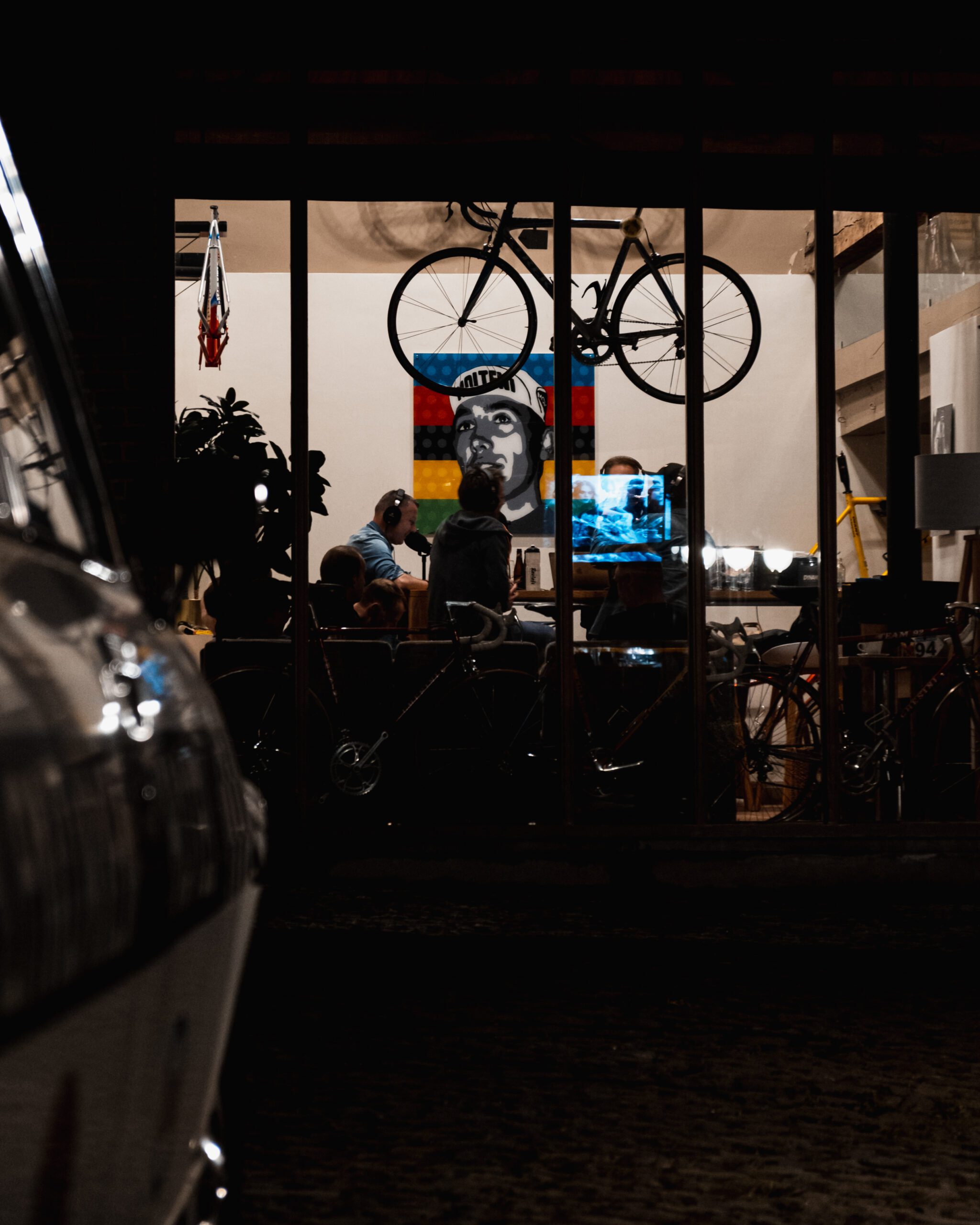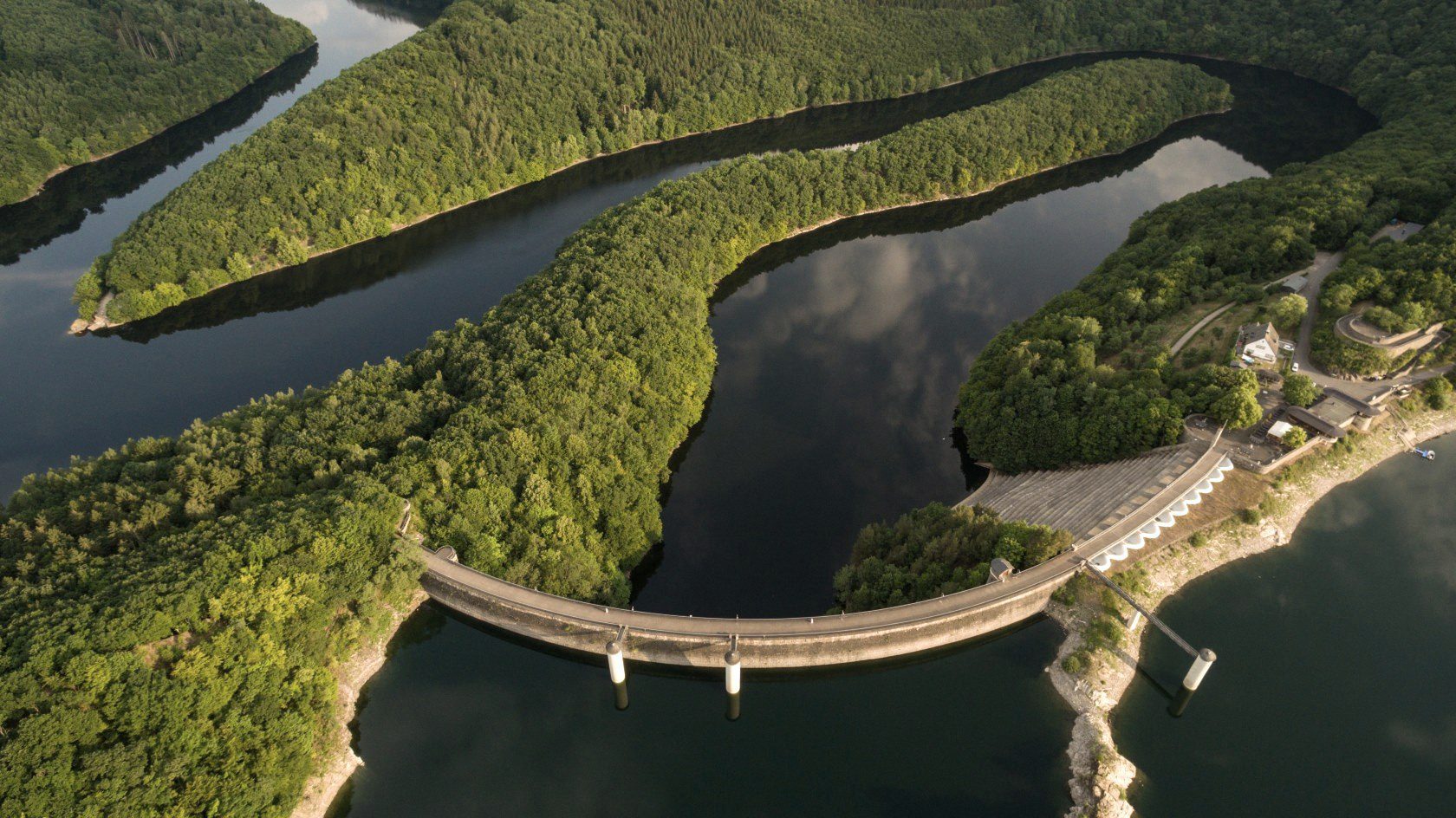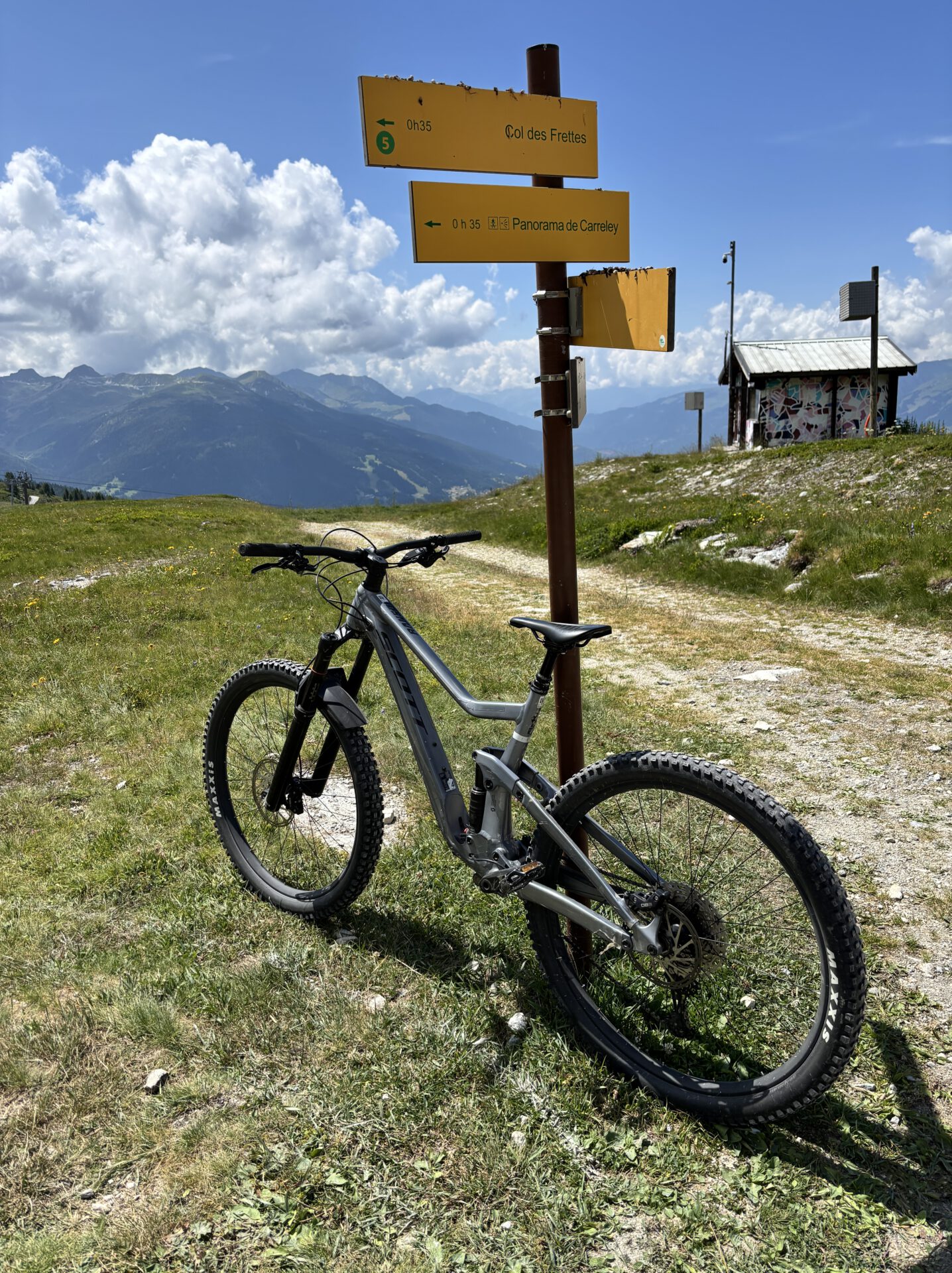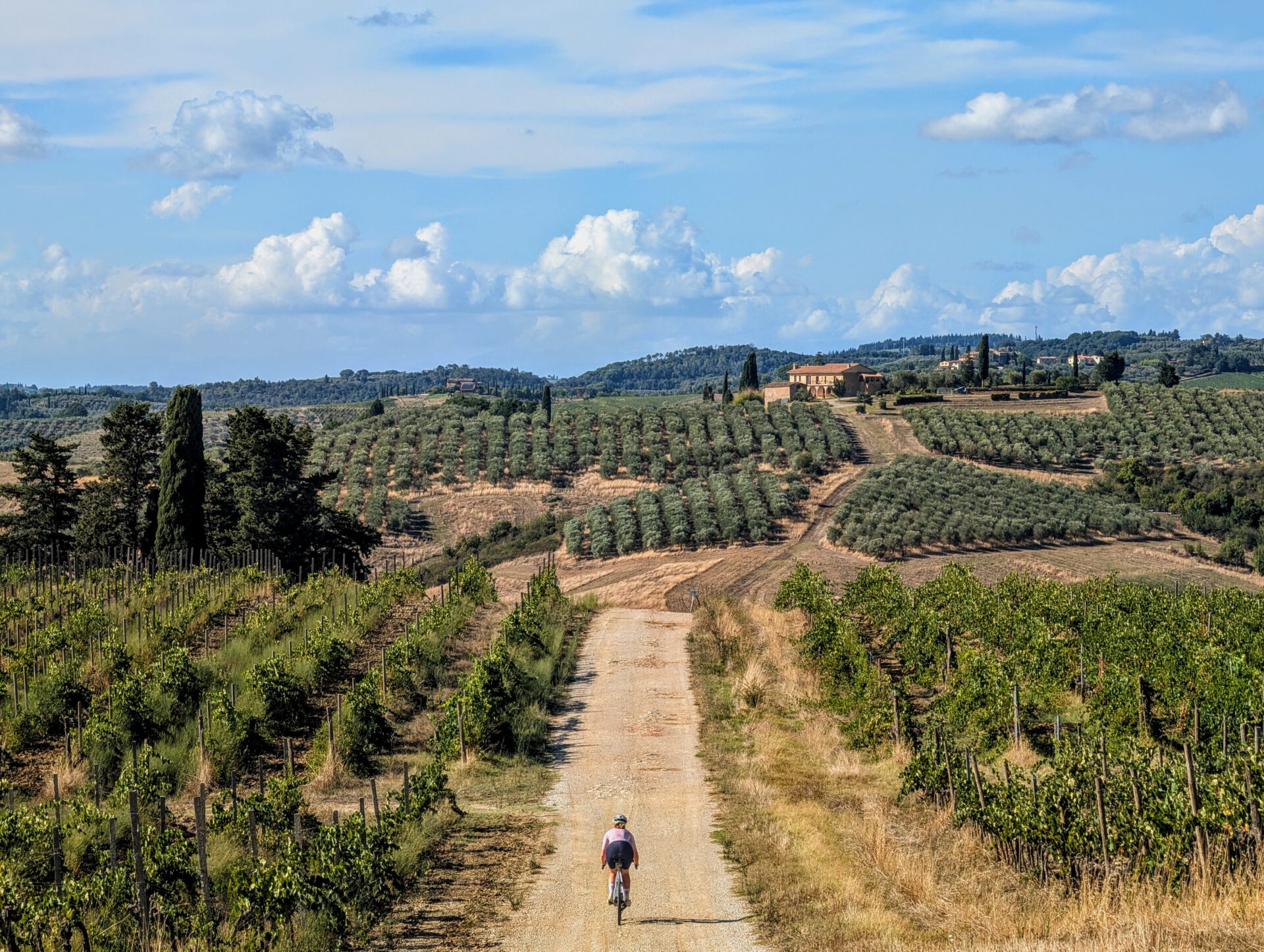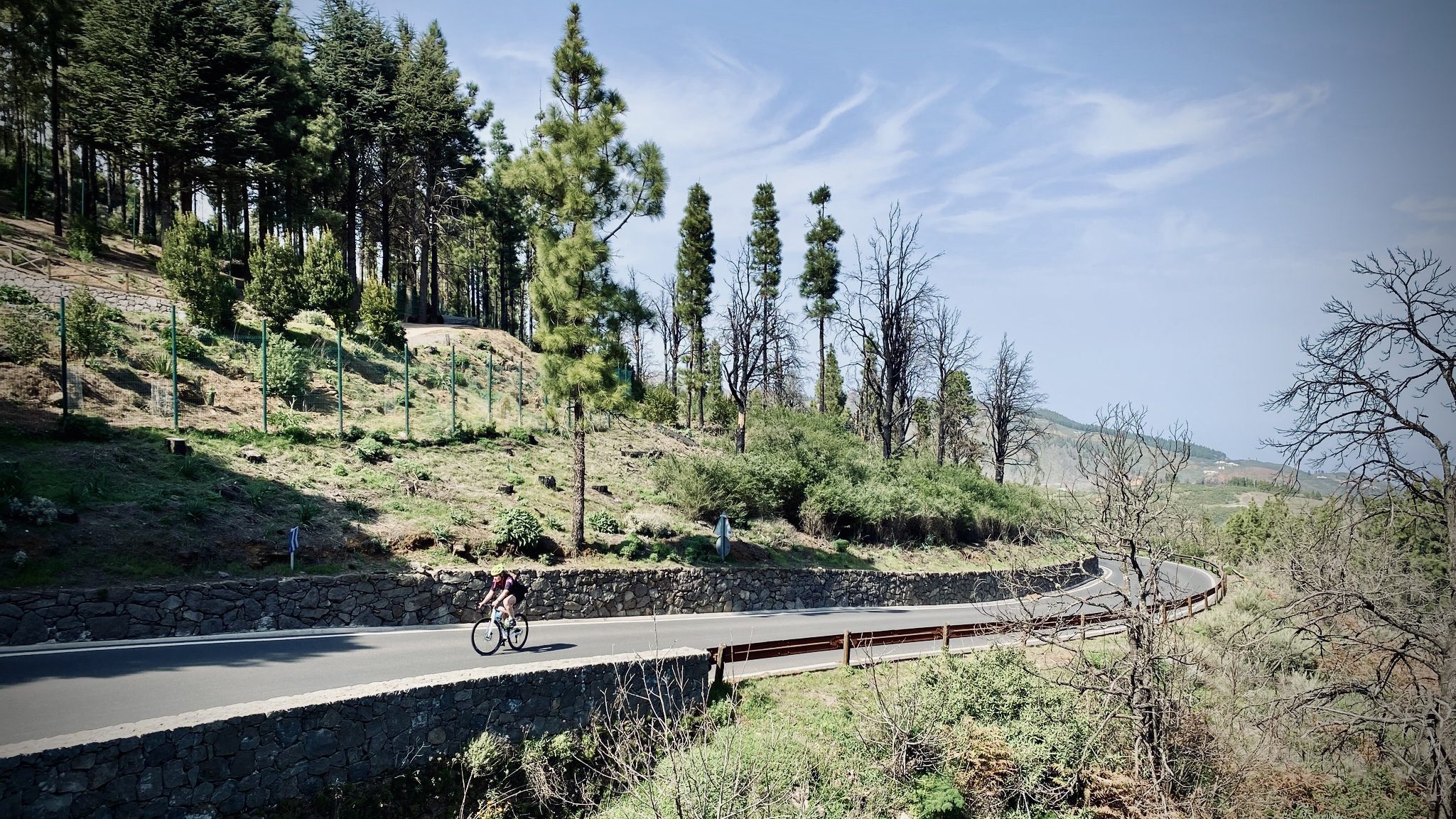Actually, the name for a climb could not be more beautiful than this: Col du Grand Ballon. A big balloon, which you can cycle up from several sides. At the top of the Grand Ballon you will also find a large balloon. This is a radar used for all sorts of (unknown) purposes. In winter, you can ski there, judging also by the lift structures that are rigged up (and have little custom in summer). It is an interesting view after a climb of almost 25 kilometres (from Bühl). It makes cycling in the Vosges a real challenge for many.


Superb location
The mountainous region of the Vosges is concentrated in the Parc National des Ballons des Vosges. This beautiful area, in the 'armpit' of France, just below Luxembourg and west of the Black Forest, is loved by many cyclists. Not only because of the variety of routes, but also because of its location in the Alsace wine region. If you have your accommodation east of the park, you can ride beautifully between the vineyards. There you will also find the characteristic villages such as Eguisheim or Pfaffenheim with colourful half-timbered houses.

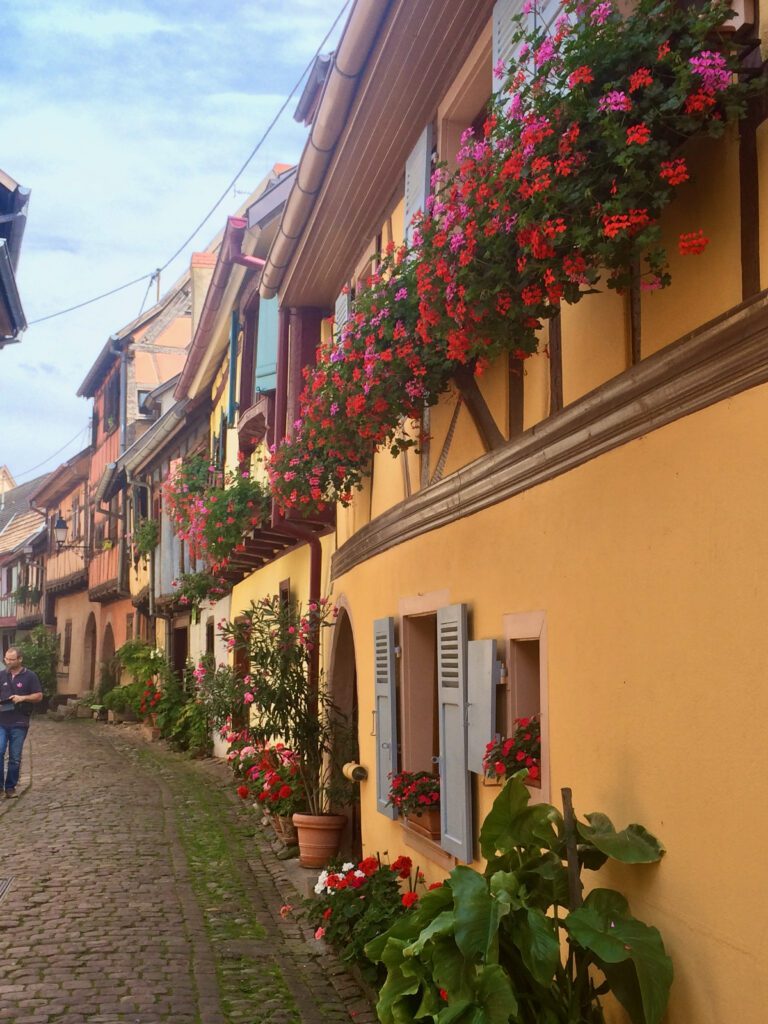
Long work
While from my stay in Rouffach taking the bike I look at the sky with a slanted eye. It is not good. It is mid-summer and there are dark clouds hanging over the area where I want to cycle. Naja, it's about 22 degrees so it won't be too bad. With fresh courage I start my still 65 kilometres towards the roof of Alsace and the Vosges: the Grand Ballon. As a route, I have chosen the long version via Buhl. That climb is almost 25 kilometres in total. Then you ride up via Le Markstein and finally to the top of Grand Ballon. I planned the route a bit offhand. I didn't fancy Komoot and I really just want to cycle in the Vosges. The first part I ride somewhat uninspired along the D road towards Issenheim. There I turn right onto the D430, which will take me from Bühl to an altitude of 1325 metres.

In total, it is more than 1,000 altitude metres. The percentage is not too bad, as it averages 3.8%, but there are a few kilometres in it that average 7%. That is a bit spicy. As the road from Guebwiller slowly starts to climb I get a nice rhythm. After a few kilometres, I come across a group of walkers on the right-hand side of the road. They clap their way down and encourage me as if I were riding a tour stage. Separate, I think then. Understandable I later understand. Because I have not even gone a kilometre when from upstairs the shower tap opens. It can rightly be called a rain shower.
Col du Grand Ballon, Soultz-Haut-Rhin, France
- Distance: 18.2 km, Elevation difference: 1068 m, Average slope: 5.9 %
Wet mess
I'm dressed for it, but it's still a hefty shower. In my head I keep saying: I'll keep pedalling, then I'll stay warm. And that is exactly what I do. It goes very nicely through the forest and so I am somewhat sheltered. My feet get soaked, but that shouldn't spoil the fun. The posts along the side of the road indicate the altimeters and kilometres. This gives you a good idea of the gradient per kilometre. The sections of 7% average do hurt for a while, but no problem in itself. I take the long route via Le Markstein and I am eventually happy to get this ski village in sight. By then, I am climbing for 18 kilometres. Just below the summit is another bit of downhill, which is also followed by a stretch at 7%.
Along the way, you get some nice hairpin turns. The point of Le Markstein is at 1183 metres, so we have to go a bit further. This actually slopes more than it really climbs. Meanwhile, you have the Grand Ballon well in sight. At the Grand Ballon sign (it has stopped raining by now) I put the bike down for a while. Mission accomplished. I also climbed for 1.5 hours at my snail's pace. That's pretty long for a climb of only 1300 metres and a bit.
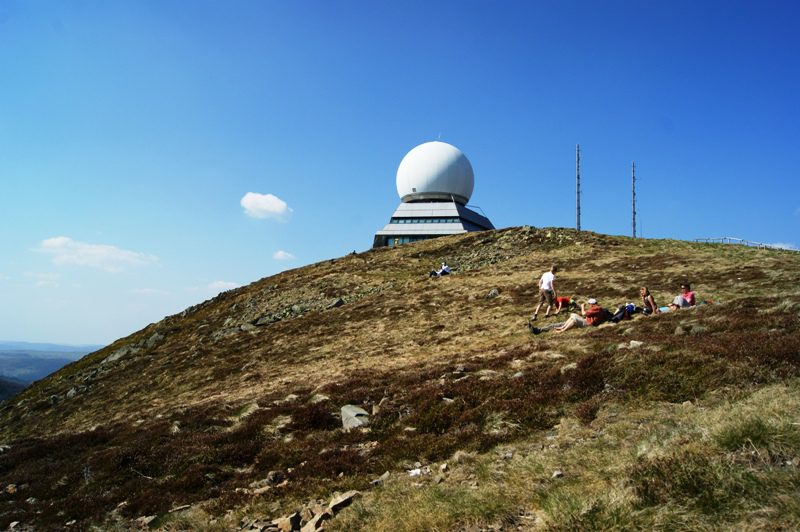
Trembling legs
What follows next I can safely describe as one of the more dangerous descents I have ever done. Because it is soaking wet, the road is slippery. Now I am no Paolo Salvoldelli or Julian Alaphlippe, so I get a little nervous. Additional issue: it has cooled down to 9 degrees at the top of the Grand Ballon. In itself, I have a warm jacket on, but because my feet are soaking wet, they almost freeze on the descent. With fear and trembling I ride the descent towards Wattwiller. I miss the turn-off (and the short route) towards Soultz. This is a minus because this means I take a route of 85 kilometres in total. I had counted on 65 and those last 20 kilometres are more hanging and wriggling. When I get my hotel in sight I breathe a sigh of relief. The 20 minutes in the shower do me a lot of good.
Variations on a theme
You can ride up the Grand Ballon in different ways. Even from Buhl you have several variants, with the shortest variant, almost 10 kilometres, being a real gravel route. The well-known other variant is the one from the direction from Moosch (west side) or 'my descent' from Uffoltz back up. So you can have quite a long weekend there with just this climb. That's great, because usually a climb only has two or at most three variants.
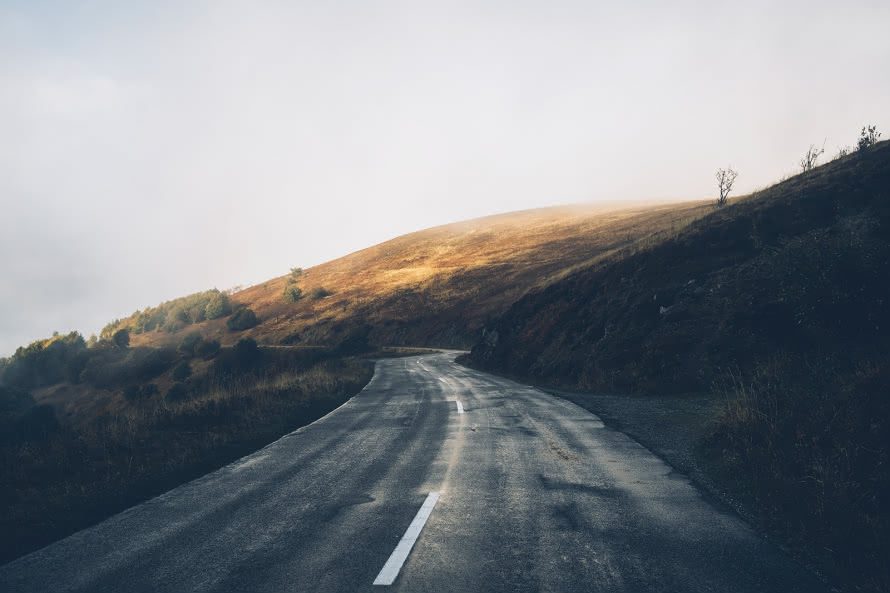
Beauty in the neighbourhood
The national park is not called 'ballons' for nothing. So there are more of them. With a big balloon comes a little balloon. The Petit Ballon is perhaps more fun in terms of challenge. The name is somewhat misleading because the variant from Munster (the French variant) is 7.1% average over 11 kilometres. The summit is eventually at 1163 metres. Remember that you are going to encounter a maximum of 15% here. No cat's pace! It makes it a nice challenge. Further on, there is also the Col de Hundsruck, which also presents 7% average in 7 kilometres. That's also a nice challenge if you're going to cycle in the Vosges.

Planche des Belles Filles
Of course, this should not be missing in a piece about cycling in the Vosges. In recent years, this climb has been included in the Tour de France several times and in 2020 in particular it was decisive. How one Tadej Pogacar rode up there will be remembered by many. The myth surrounding this climb is growing fast. In 7 kilometres, this little friendly giant climbs at 8.8% with a maximum of 20(!)%.

Route from Rouffach (near the castle)
If you go cycling in the Vosges, you have to ride the Grand Ballon at least once. The route below is a nice one, with the long version starting from Buhl. You can also ride it the other way round.
Hotel tips in the Vosges.
There are a number of good sports/cycling hotels in the Vosges. Below on the map you will find our favourites ticked, you will also find the location of the Grand Ballon and Ballon d'Alsace, so you can make the right choice for your stay.
Want to know more? Then also check out this story series:
